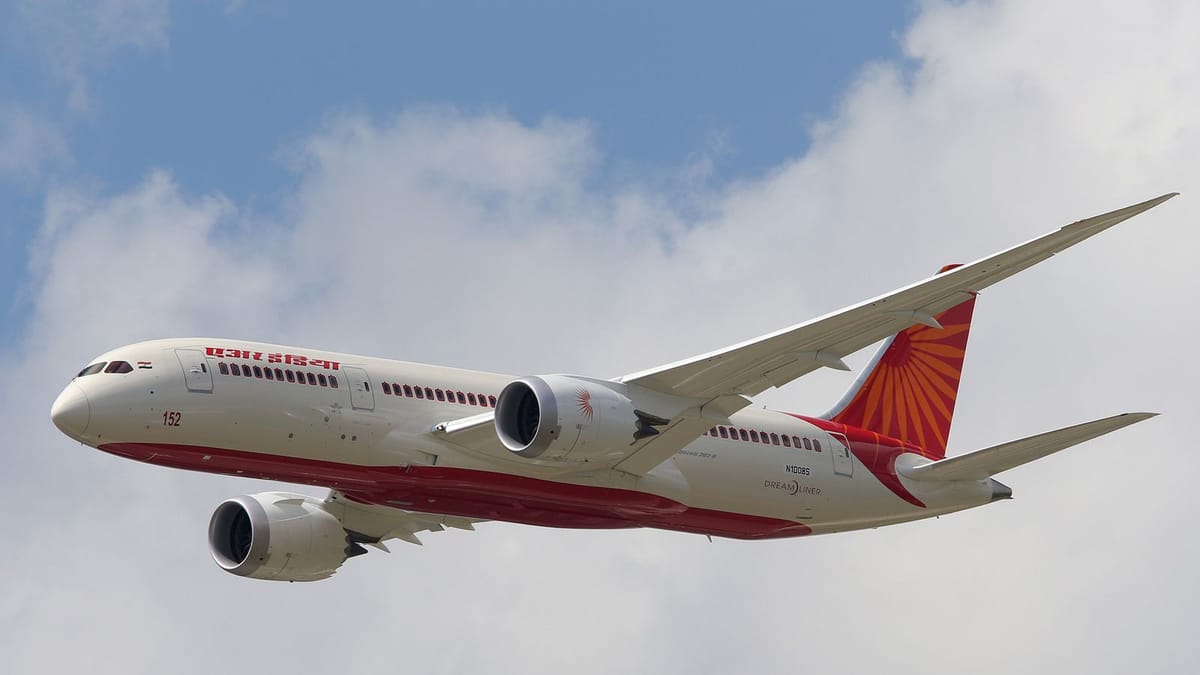✈️ Boeing 787 Flight Hour Extensions Spark Backlash Among Indian Pilots

ALPA warns DGCA that fatigue-linked safety risks could rise as two-pilot duty limit is raised to 14 hours
Delhi — A Controversial Move Raises Safety Concerns
India’s aviation regulator, the Directorate General of Civil Aviation (DGCA), is facing mounting criticism from the Airline Pilots’ Association of India (ALPA) after extending Flight Duty Time Limits (FDTL) for Boeing 787 Dreamliner two-pilot operations.
The new rule increases maximum flight duty from 13 to 14 hours and operational duty from 10 to 10.5 hours, a change pilots say pushes crews to the edge of safe endurance. ALPA has described the decision as “a grave operational and safety concern” that risks undermining both passenger safety and pilot welfare.
Pilots Warn of Fatigue and Reduced Alertness
ALPA maintains that fatigue is not merely a comfort issue — it is a direct threat to flight safety. Prolonged duty periods can impair situational awareness, slow decision-making, and increase the likelihood of human-factor errors during critical flight phases.
The association reiterated that flights exceeding eight hours should include a minimum of three pilots, ensuring each crew member receives adequate rest. With the DGCA’s revised rule, long-haul Boeing 787 flights may now be flown by only two pilots, leaving little margin for fatigue recovery.
ALPA has urged the DGCA to immediately withdraw the extension and conduct a scientific fatigue risk assessment in consultation with pilot representatives before implementing any future relaxations.
Operational Efficiency vs. Human Endurance
Pilots operating Boeing 787s for Air India and Vistara often fly ultra-long sectors from Delhi and Mumbai to Europe, North America, and Australia — routes already stretching human endurance.
In such demanding conditions, the extension of duty hours without additional rest opportunities could compound cumulative fatigue, heightening operational risks. ALPA’s objection highlights the ongoing global debate between optimizing efficiency and respecting physiological limits.
Global Context: FAA Directive Adds Pressure
The controversy comes shortly after the U.S. Federal Aviation Administration (FAA) imposed restrictions on captain’s seat recline functions in Boeing 787 aircraft, following reports that the limitation negatively affects in-flight rest quality.
According to ALPA, this restriction “has a direct and severe impact on fatigue management,” reducing rest effectiveness, particularly on overnight flights where circadian rhythm disruption is already significant.
The union urged Indian regulators to adopt a precautionary approach, retaining three-pilot crews on extended flights until Boeing completes seat modification updates across the global 787 fleet.
Fatigue — The Silent Threat to Flight Safety
Aviation experts warn that fatigue develops quietly and unpredictably, making it one of the most insidious threats to flight safety. Even minor lapses in alertness can have severe outcomes when compounded over long-duration operations.
ALPA emphasized that policy decisions must be rooted in fatigue science and global best practices, not administrative expedience. It called for transparent, data-driven fatigue studies before any policy changes affecting crew endurance are introduced.
Experts Call for a Balanced Review
Aviation analysts have echoed these concerns, suggesting that India’s regulators must evolve toward Fatigue Risk Management Systems (FRMS) that integrate real-time monitoring, biometrics, and predictive analytics — systems already implemented by leading global carriers.
They stress that long-haul aviation demands not only advanced aircraft and automation but also humane scheduling, effective rest planning, and proactive fatigue detection, essential for maintaining safety in one of the world’s fastest-growing aviation markets.
The Bottom Line
The DGCA’s decision to extend Boeing 787 flight duty limits may increase operational flexibility, but it has ignited a serious discussion about safety culture and regulatory judgment in India’s aviation sector.
As pilot unions and aviation authorities engage in further consultations, the issue underscores a fundamental truth: aircraft technology may advance, but human endurance has limits.
Unless fatigue science is placed at the core of aviation regulation, India’s long-haul operations will continue to walk a fine line between efficiency and safety.
🛫 Stay tuned to MarineX and AviationX for in-depth coverage on aviation safety, regulatory updates, and pilot welfare.